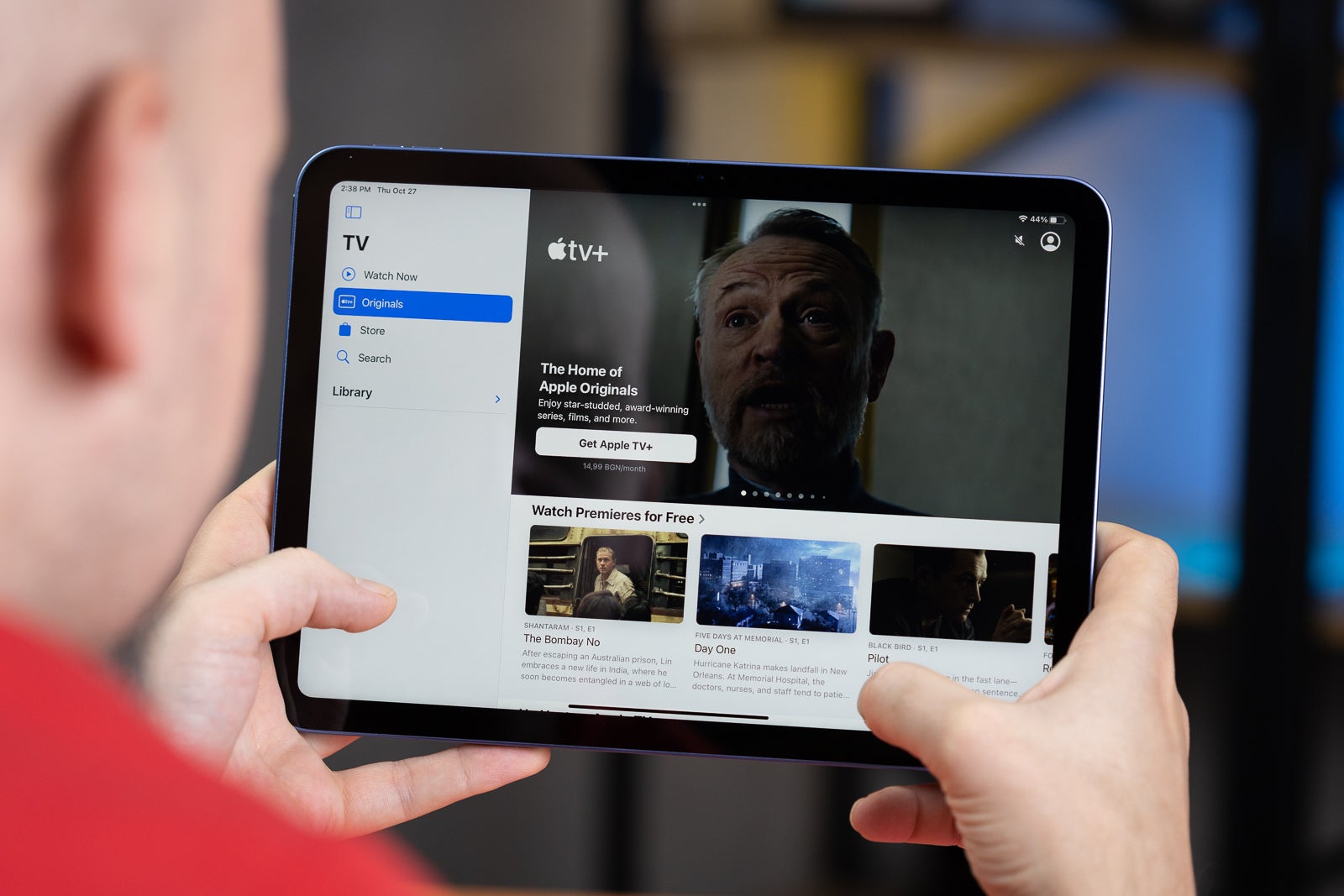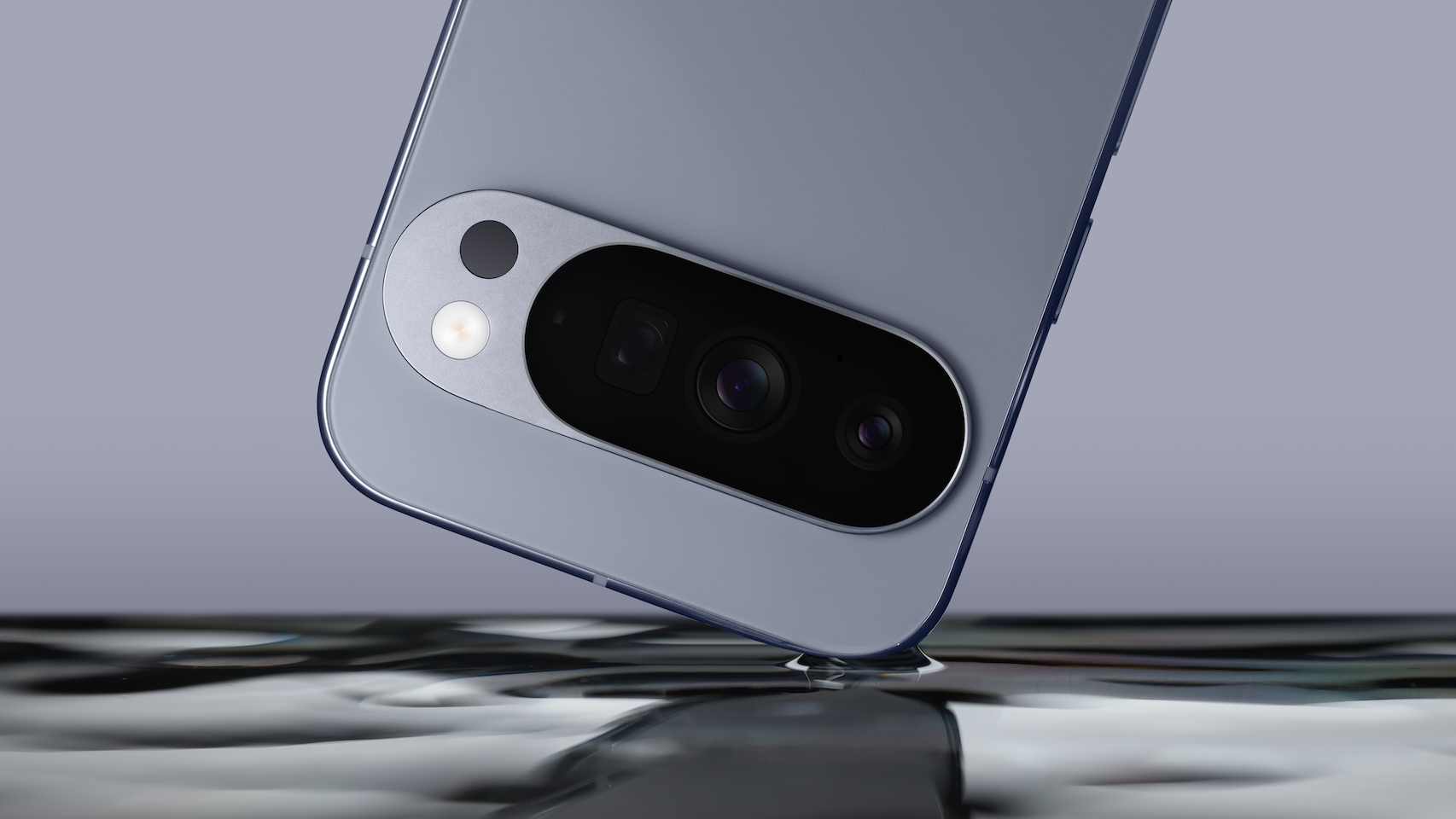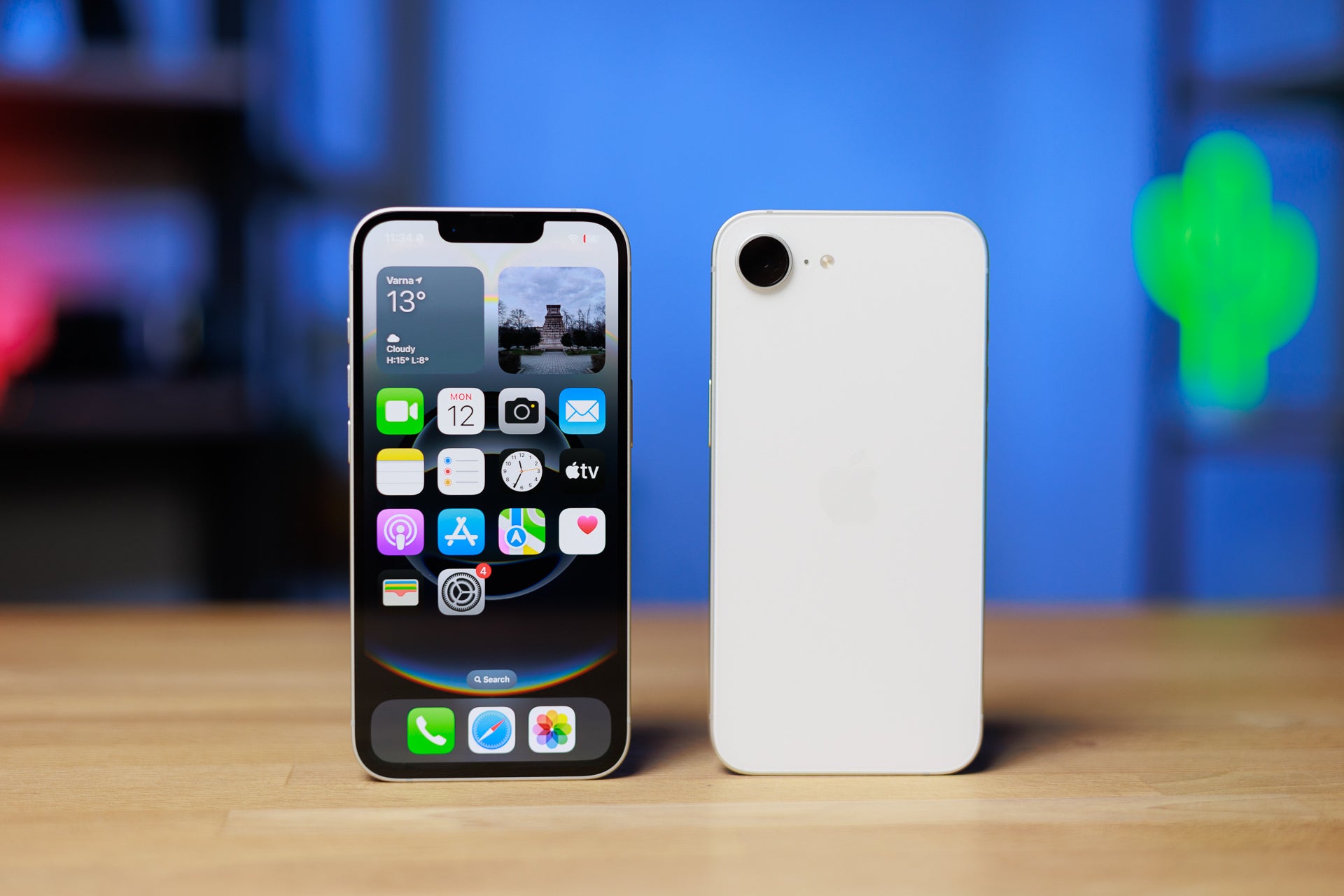Adjusted for inflation, the price of the iPhone X today would’ve been about $1,300. That means Pro iPhones have become more affordable over the years, despite the growing economy and increased production costs.
Such back-of-the-envelope calculations could be Apple’s perfect excuse to make all iPhone 17 models more expensive. After all, $1,049 is a much better price than $1,300, especially in the current environment.
Others are doing it, so why wouldn’t Apple?


Talking about the current environment, the rising prices of nearly everything are unmissable. Just this month, Sony and Nintendo both raised their consoles’ prices. The PlayStation 5 saw a $50 hike, and the original Switch is now about 10% more expensive. Microsoft had already bumped some Xbox models by up to $100 back in March.
If you are wondering why prices are growing, everyone has a version of the same answer: the “economic environment” and the “market conditions.”
Hardware is hardly the only thing that is getting more expensive. Spotify, like most streaming services, has been steadily raising its prices. If you hope that’s a temporary thing, I have some bad news. The company has said that price hikes are now part of its “business toolbox.”
Apple is no stranger to that process. The company just increased the monthly subscription for Apple TV+ from $9.99 to $12.99. However, it has kept the annual subscription at $99. While that may not be enough of a consolation for many, it could signal that Apple isn’t raising prices blindly, and that could prove important.
Look at Google, Apple


Fortunately, some products have kept their prices unchanged. The most notable example is the Pixel 10 Series, which launched at the same prices as in the last couple of years. The Pixel 10 Pro, which is one of the strongest direct competitors of the iPhone 17 Pro, still starts at $999.
Samsung, Apple’s strongest rival, took a more mixed approach with its latest foldables. While the Galaxy Z Fold 7 saw a $100 price increase, the Galaxy Z Flip 7 still starts at $1,099. It is still way too early to know whether the Galaxy S26 series will cost more, but I’d bet that Samsung will follow Apple’s lead.
Looking at its biggest competitors should make Apple think twice before September 9, but that’s not the only reason I think the iPhone 17 shouldn’t be more expensive.
It’s a small price to pay


Any price increase will make people think twice before buying an iPhone, which will likely cause some buyers to delay or skip an upgrade. Nobody can predict how big the impact of a price hike would be, but what’s more important is that Apple can easily afford to keep absorbing the additional tariff-related costs.
In late July, during Apple’s earnings call, CEO Tim Cook said tariffs had already cost Apple an extra $800 million and expected that figure to grow by another $1.1 billion in the September quarter. That extra cost didn’t seem to significantly affect the company’s finances, and it reported stellar results with record growth.
Considering the cost-of-living crisis, which is troubling most of the world, Apple’s smartest move would be to keep the iPhone price unchanged. That could finally shed some of its reputation as an expensive brand and attract more customers to its growing Services segment. It could also put pressure on Samsung and its Galaxy S26 series. Otherwise, people may flock to the much more affordable Android alternatives.
#sense #iPhone #expensive #Hell

